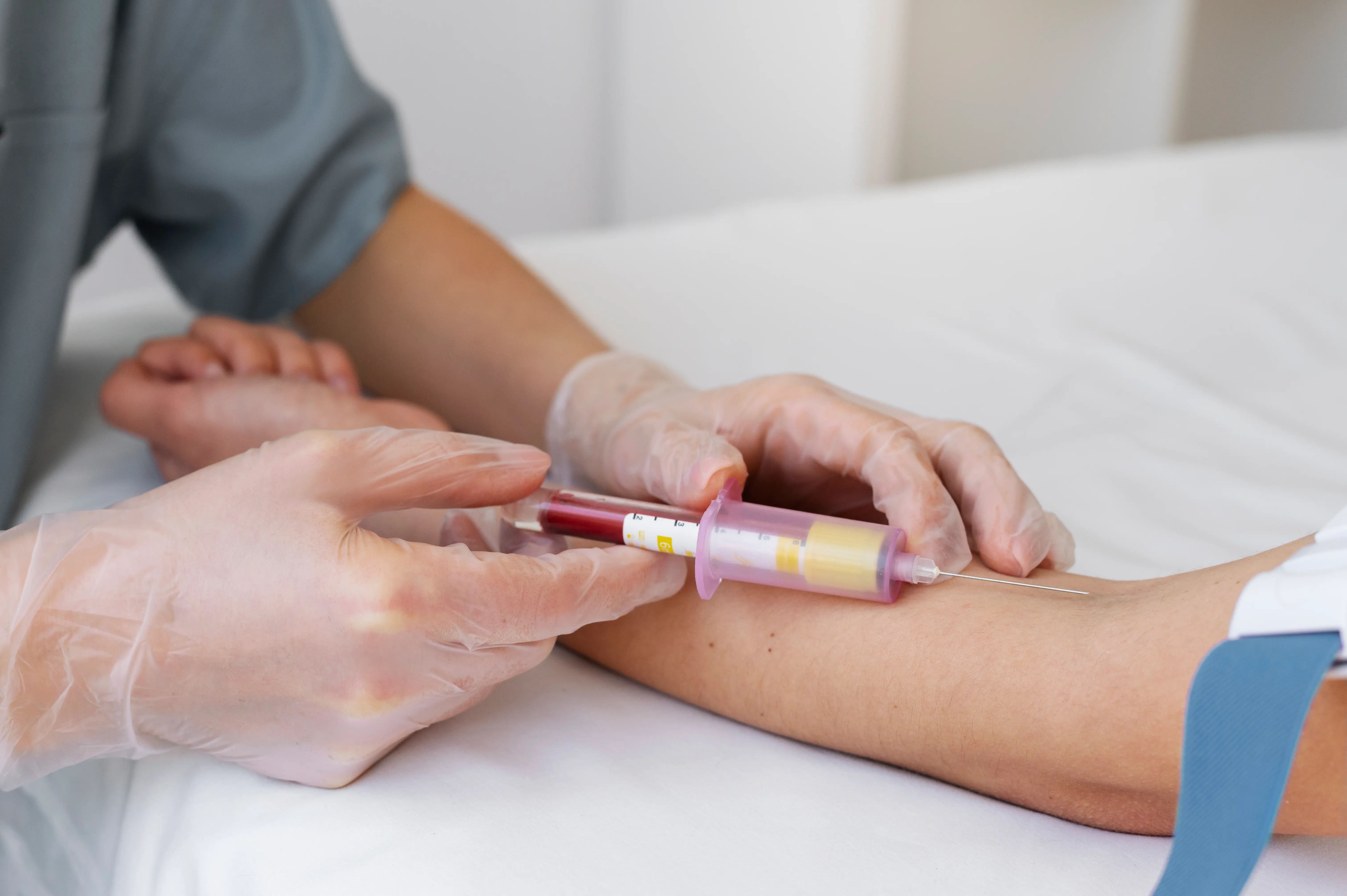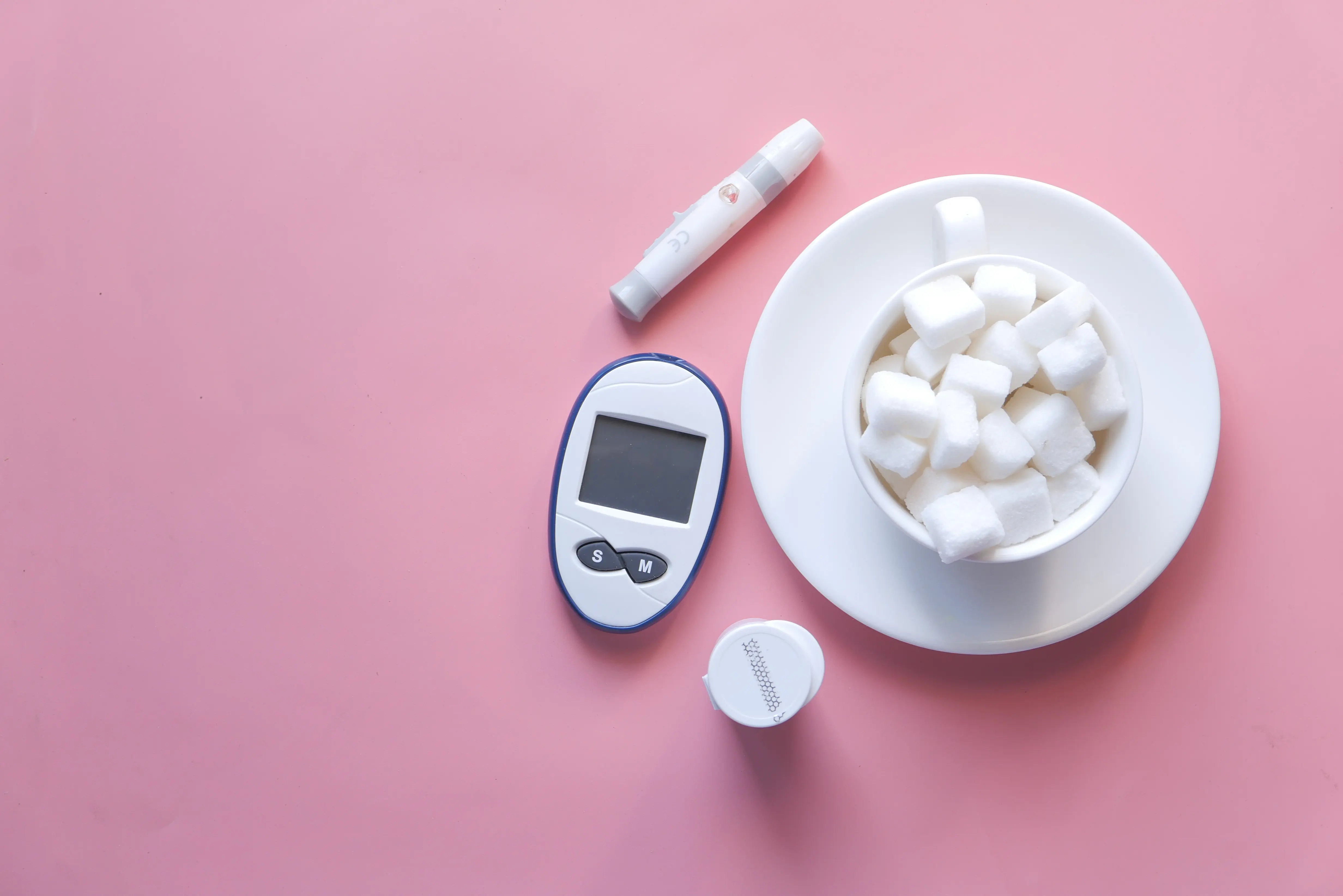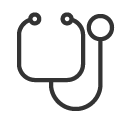
© PMC
Blood tests
Blood tests
The process begins with the collection of a blood sample, usually through venous blood draw from the crook of the arm. For certain tests, such as blood sugar measurement or hemoglobin determination, capillary blood from the fingertip or earlobe can also be used. It is recommended to fast before some examinations to avoid distorting the validity of the values. The collected blood is centrifuged to separate plasma or serum from the blood cells. Depending on the question, different laboratory methods are used:
- FACS for characterizing specific immune cell populations
- Clinical chemistry for determining glucose, cholesterol, or liver enzymes
- Enzymatic procedures for analyzing metabolic parameters
- ELISA for detection of hormones, antibodies, and tumor markers
- Hematology analyzers for determination of erythrocytes, leukocytes, and platelets
- Mass spectrometry and HPLC for measuring vitamins, drug levels, or toxic substances
- Coagulation diagnostics for managing blood thinners
- PCR to determine the viral load in the blood

_1500x2250_150_RGB-2.webp)







